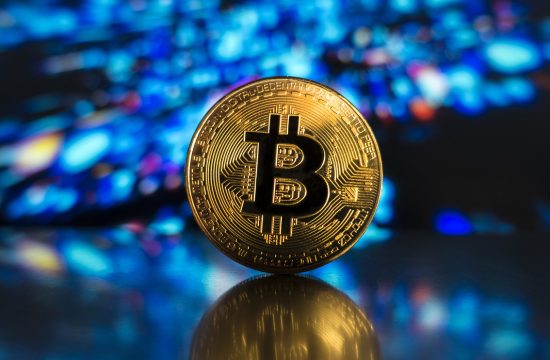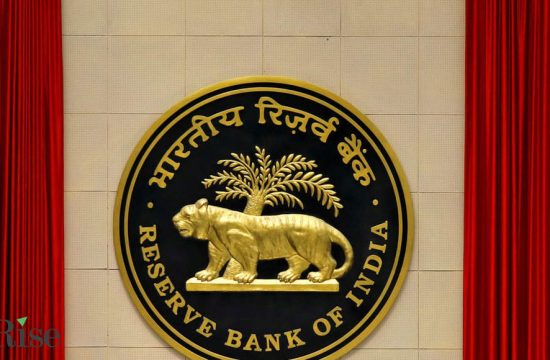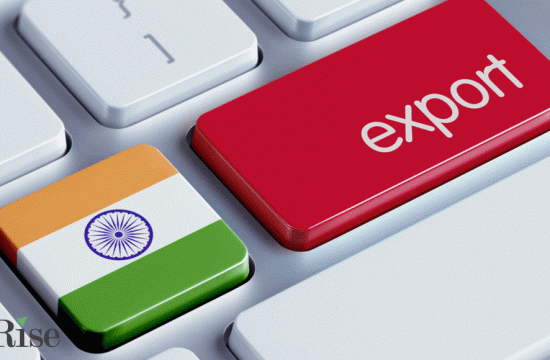When most people think of Walt Disney (NYSE: DIS) , they picture Mickey Mouse in front of the Magic Kingdom. When Wall Street analysts think of Disney, they might be more focused on ESPN’s SportsCenter. That’s because while Disney is the dominant global movie studio (with Disney, Pixar, Marvel, and Star Wars) and a global theme park operator, the company still earns over half of its operating income from its media networks segment, where ESPN resides.
ESPN makes up the majority of the segment, and by my estimates, as much as 35% of Disney’s total operating income. That means just ESPN is just about as consequential as the parks & resorts (19% of operating income) and the studio (16% of operating income) combined .
While the studio and parks & resorts segments are going gangbusters, ESPN is in some trouble due to the rise of cord-cutting (revenue was up in the segment in the second quarter, but operating income was down). The reason cord-cutting hits Disney so hard is that ESPN makes about 65% of its money from affiliate fees, and the rest from advertising. So while ratings might be stable for ESPN, if non-sports fans cut the cord, that will still hurt the network.
After Disney’s recent earnings report , the stock sold off about 2% and it remains well below its 2015 highs, revealing the market’s uncertainty over that segment’s future , even as both the studio and the parks and resorts segments posted 20% gains in operating income. That is because the media segment posted a year-over-year decline in operating earnings of 3%. Whether it can come back is a matter of contention.
Let’s go through the opinions of both optimists and pessimists.

Image source: Getty Images.
ESPN pessimists
Bernstein’s Todd Juenger is a nonbeliever. He notes that while ESPN is incredibly popular, not everybody is a sports fan. With skinny bundles on the rise, Juenger recently told CNBC that people will increasingly be able to opt out of paying for ESPN. Similarly, MoffettNathanson analyst Michael Nathanson said during the conference call, “people are not tuning into SportsCenter the way maybe they used to in a predigital world.”
It’s been estimated that ESPN has lost more than 12 million subscribers over the past six years, putting it around 88 million.
The pressure continued to be felt in the most recent quarter. Disney CFO Christine McCarthy noted a “slight change in the rate of [subscription] losses.” She also took care to say the “magnitude of the change was less than half a point compared to what we experienced in the first quarter.” To me, that translates to “sub loss rates accelerated by almost 0.5%.”
That’s a big problem, because the costs for all-important sports rights have skyrocketed, and a new, more expensive NBA contract just hit the network. To help deal with its financial issues, ESPN  decided last month to lay off what is reported to be 100 employees , including many highly paid on-air anchors.
ESPN optimists
Count Disney CEO Bob Iger as an ESPN optimist. According to a transcript on Seeking Alpha , on the recent conference call, he stated:
The strength of the brand and consumer demand [make] ESPN extremely attractive to new platforms and services entering the market, which has led to ESPN content being featured on a growing array of over-the-top services, including Sling TV, Hulu, PlayStation Vue, DIRECTV and YouTube TV. Consumer response to these offerings is very encouraging. The substantial growth we’re already seeing makes us bullish on the future of these nascent offerings.
Iger also noted 23 million people had downloaded ESPN apps, and pointed to an ESPN-branded streaming service (though likely less comprehensive than ESPN on TV) through BAMTech rolling out later this year.
Regarding a full-on over-the-top ESPN service, Iger responded to an analyst’s question by saying (emphasis mine):
[W]e don’t have plans right now to take ESPN as it is currently distributed on both new and traditional distributors and go direct with it. Will that eventually happen? I think probably , but there [are] no plans right now to do that. There are complications as it relates to our current relationships with distributors, and frankly, we don’t really feel that we’ve got a great need to do that.
In addition to Iger, Morgan Stanley ‘s Ben Swinburne and UBS analyst Doug Mitchelson have been bullish on ESPN’s future. Swinburne has pointed to new streaming bundles and the upcoming cycle of distributor contract negotiations. Mitchelson noted on the conference call that after the June-ended quarter, ESPN’s big sports rights deals will be locked in through 2022 while all affiliate deals are coming up for renewal in the next five years. Roughly a quarter of ESPN’s carriage contracts are said to be coming up for renewal in the next 18 months.
That means that as Disney renews contracts at what should be higher affiliate prices (as fees have moved up even with cord-cutting) most of that money will fall to the bottom line, which would help the segment swing back to profit growth.
Making sense of the sports giant
And price hikes are already happening. Affiliate revenue in media networks increased 4% in the second quarter, with seven points of the growth due to higher rates, offset by a three-point decline due to a subscriber decrease. ESPN still seems to have pricing power, but only for its core audience. The wider audience of non-sports fans is figuring out ways to avoid it.
The winner of the debate will likely rest on how many people ESPN will ultimately reach via both cable and over-the-top platforms when cord-cutting bottoms.
If subscriber losses slow, ESPN should be able to raise prices and manage some growth. The affiliate renegotiations could also provide a boost. But if subscriber losses continue to accelerate, price increases will only keep ESPN spinning its wheels in the years ahead.
10 stocks we like better than Walt Disney
When investing geniuses David and Tom Gardner have a stock tip, it can pay to listen. After all, the newsletter they have run for over a decade, Motley Fool Stock Advisor , has tripled the market.*
David and Tom just revealed what they believe are the 10 best stocks for investors to buy right now… and Walt Disney wasn’t one of them! That’s right — they think these 10 stocks are even better buys.
Click here to learn about these picks!
*Stock Advisor returns as of May 1, 2017
Billy Duberstein owns shares of Walt Disney. The Motley Fool owns shares of and recommends Walt Disney. The Motley Fool has a disclosure policy .
The views and opinions expressed herein are the views and opinions of the author and do not necessarily reflect those of Nasdaq, Inc.










